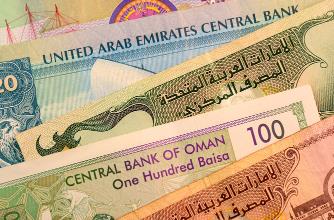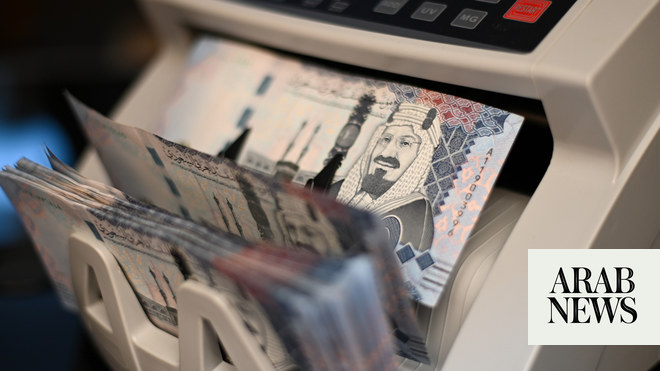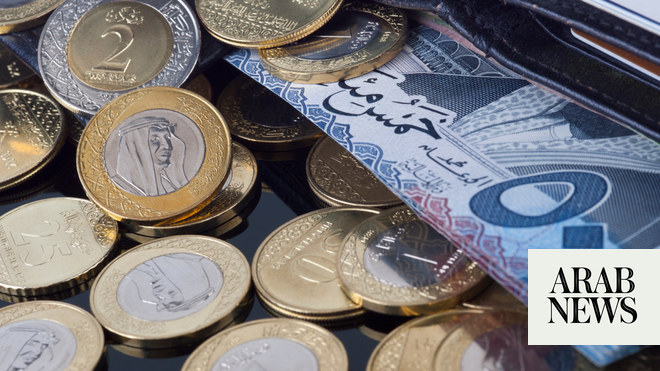
RIYADH: Central banks in the Gulf Cooperation Council region have kept their interest rates unchanged, following the decision by the US Federal Reserve to maintain its benchmark level at 5.4 percent, the highest in 22 years.
As most Gulf currencies are pegged to the US dollar, monetary policy aligns with decisions made in Washington. The US policymakers have chosen to maintain the rate for the third consecutive time at the level set in July, according to a statement from the Federal Reserve.
This decision aims to achieve maximum employment and maintain long-term inflation at 2 percent, reflecting efforts to balance curbing inflation and providing economic support.
The Fed’s move comes amid expectations that tighter financial and credit conditions for households and businesses will impact economic activity, hiring, and inflation.
This development implies that the Saudi Central Bank, also known as SAMA, will maintain its repo rates at the current 6 percent level.
Repo rates represent a form of short-term borrowing, primarily involving government securities.
This underscores the close economic ties and financial dynamics between GCC countries and the global economic landscape, particularly in the US. The majority of Gulf central banks maintained their interest rates unchanged.
The Central Bank of the UAE has decided to maintain the base rate applicable to the overnight deposit facility at 5.40 percent, reflecting the general stance of the CBUAE’s monetary policy.
This rate, linked to the US Federal Reserve’s interest on reserve balances, reflects the general stance of the CBUAE’s monetary policy and serves as an effective interest rate floor for overnight money market levels in the UAE.
The CBUAE has also decided to keep the rate applicable to short-term liquidity borrowing from banks through existing credit facilities at 50 basis points above the base rate.
Similarly, the Qatar Central Bank left key interest rates unchanged in line with the US Federal Reserve’s decision. The deposit interest rate is stable at 5.75 percent, the borrowing interest rate remains at 6.25 percent, and the repurchase rate at 6 percent.
The central banks of Kuwait, Oman, and Bahrain also followed the Fed’s decision.
In November, after almost 20 months of aggressive tightening of monetary policy, Fed Chair Jerome Powell expressed willingness to raise rates again if progress on inflation lingers.
At the time, he acknowledged that inflation remains well above the central bank’s 2 percent target, and uncertainty persists regarding whether overall financial conditions are restrictive enough to curb inflation.












